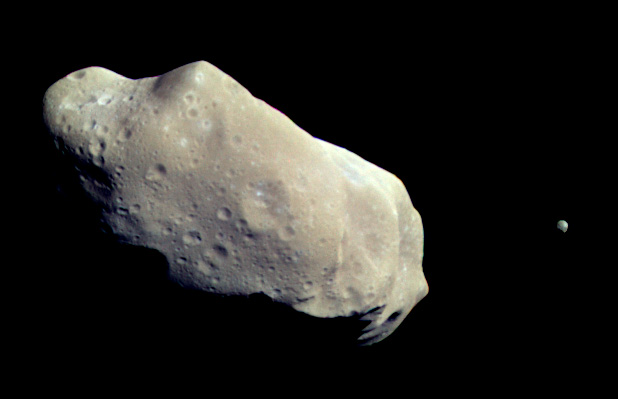One solution would be to change the discovery scanners from active but non-interactive to passive but interactive. It's not the infinite range of the ADS which is bad as such, it's the infinite range with no effort. I much prefer - not that there's a great amount to find with it yet - the interactivity of the SRV scanner. Bouncing around a planet looking for rocks is far more fun for me than pointing the ship nose at yet another white speck, or holding the fire key for ten seconds.
So:
1) BDS, IDS and ADS have detection ranges based on brightness, not strictly distance - so they'll all pick up a star at any range, and even the BDS would probably notice a gas giant at 2000Ls, but maybe not pick up its moons until 200Ls (numbers out of air: essentially the BDS should see anything you personally can see, and the IDS should be better). Around a brown dwarf, distances are reduced; around a class B they're significantly increased.
2) Incoming light from a source must accumulate on the DS sensors until it reaches a threshold. After an initial threshold is reached, the object appears on the scanner in the "fuzzy" way that distant ships appear in normal space. Sometimes ghost readings will appear in the same way, most often in the direction of nearby bright star systems / nebulae. Obscured objects do not accumulate.
The finite range of the BDS and IDS is managed by having a minimum rate/second to accumulate at all.
3) After a second threshold is reached, the object is discovered (or, if a ghost reading, vanishes). Detection increases towards the threshold much faster if the object is within the forward cone of the ship (where the DSS would scan it)
4) Nearby sources (stars, most obviously) reduce accumulation rates, potentially significantly. Within 100 Ls of a normal star, accumulation is slower and ghost readings are more common.
5) Black holes and neutron stars are detected despite their lack of visual-wavelength appearance as if they were the former supergiant star.
6) Optionally: ship sensor A-E class boosts detection quality by reducing the thresholds and reduces ghosting. Now a trade-off between taking D-class sensors for faster travel between systems, and A-class sensors for faster scanning of systems once there. Explorers should be the most likely to use the Sensor component of the ship - and the majority of "exploration" ships do seem to have large sensor sizes compared with their other modules.
Effects:
1) The ADS will still discover everything in the system, just not quite as quickly as now. Generally if you detail-scan the planets you can see to start with, it'll find the rest of them without effort while you're doing that.
2) The equivalent of honk-scoop-jump will get you the stars and maybe a couple of really close planets even with the ADS. There's more distinction between exploring a sector and fast-travelling through a sector to get somewhere else
3) High-separation binaries, even with an ADS, will probably require you to close on the secondary at least a bit to tell if it has planets or not
4) Exploration earnings probably need to be doubled again, and rank contributions just doubled, as it's going to take a bit longer. The massive gap in income/hour between honking and surface scanning will be reduced quite a bit, though.
5) Shouldn't sabotage explorers who are on a long-range exploration voyage when this happens
.

